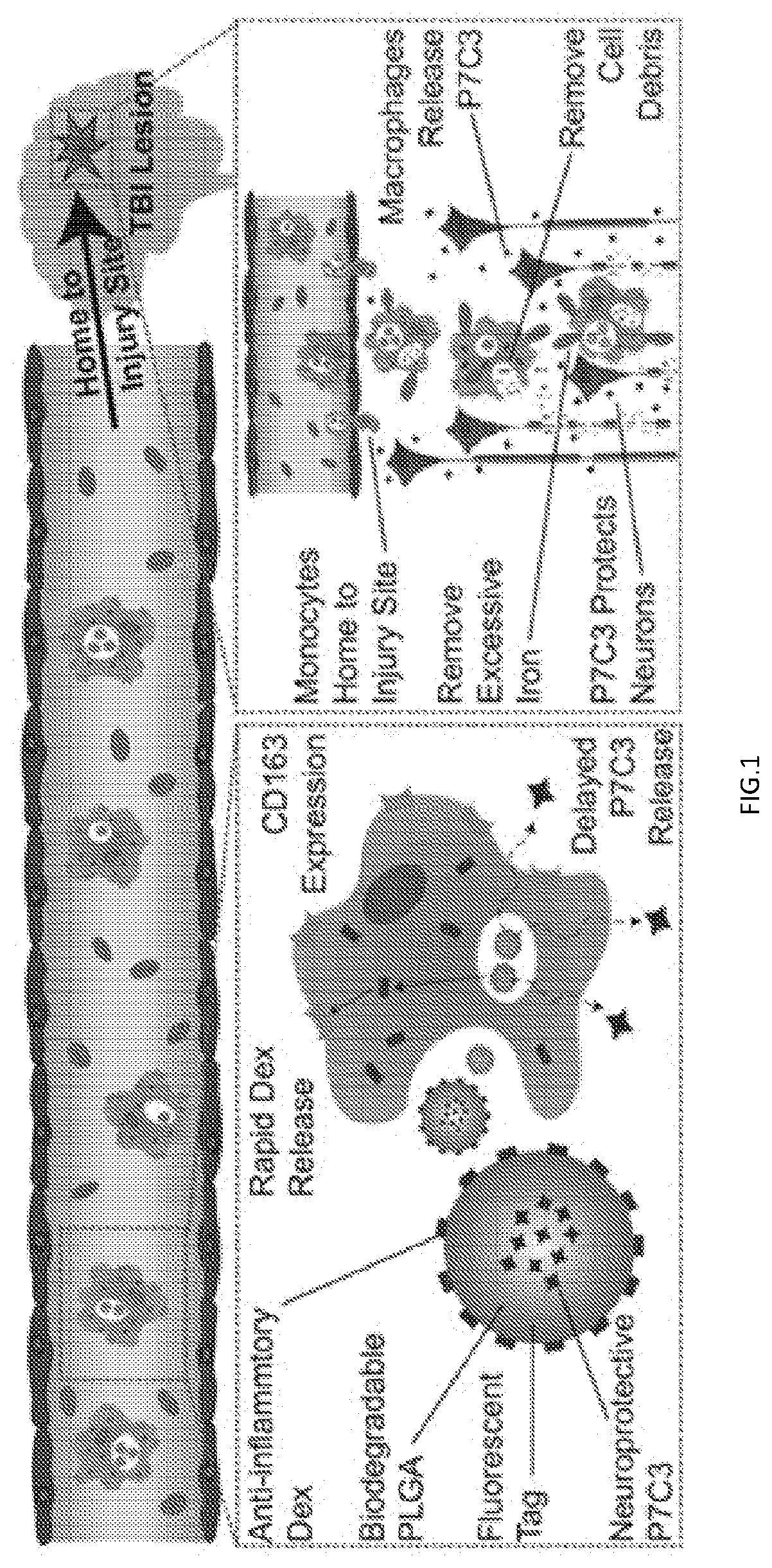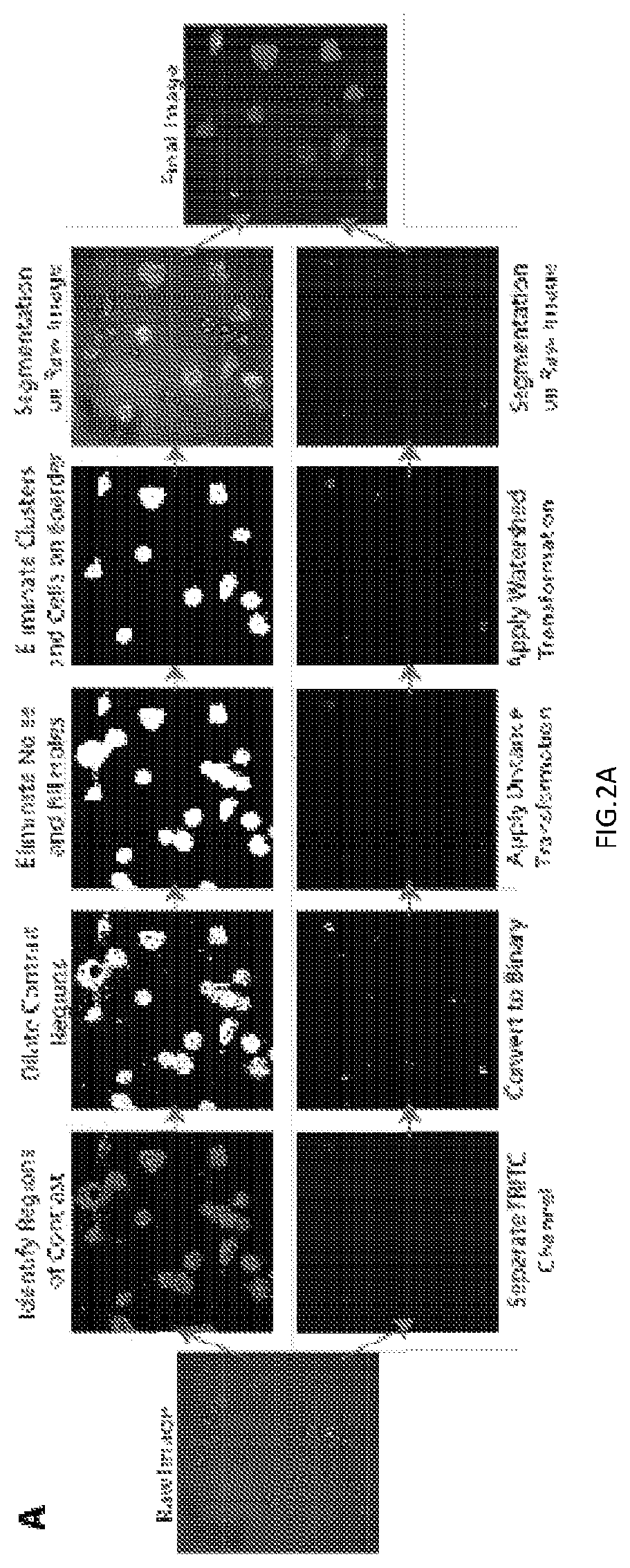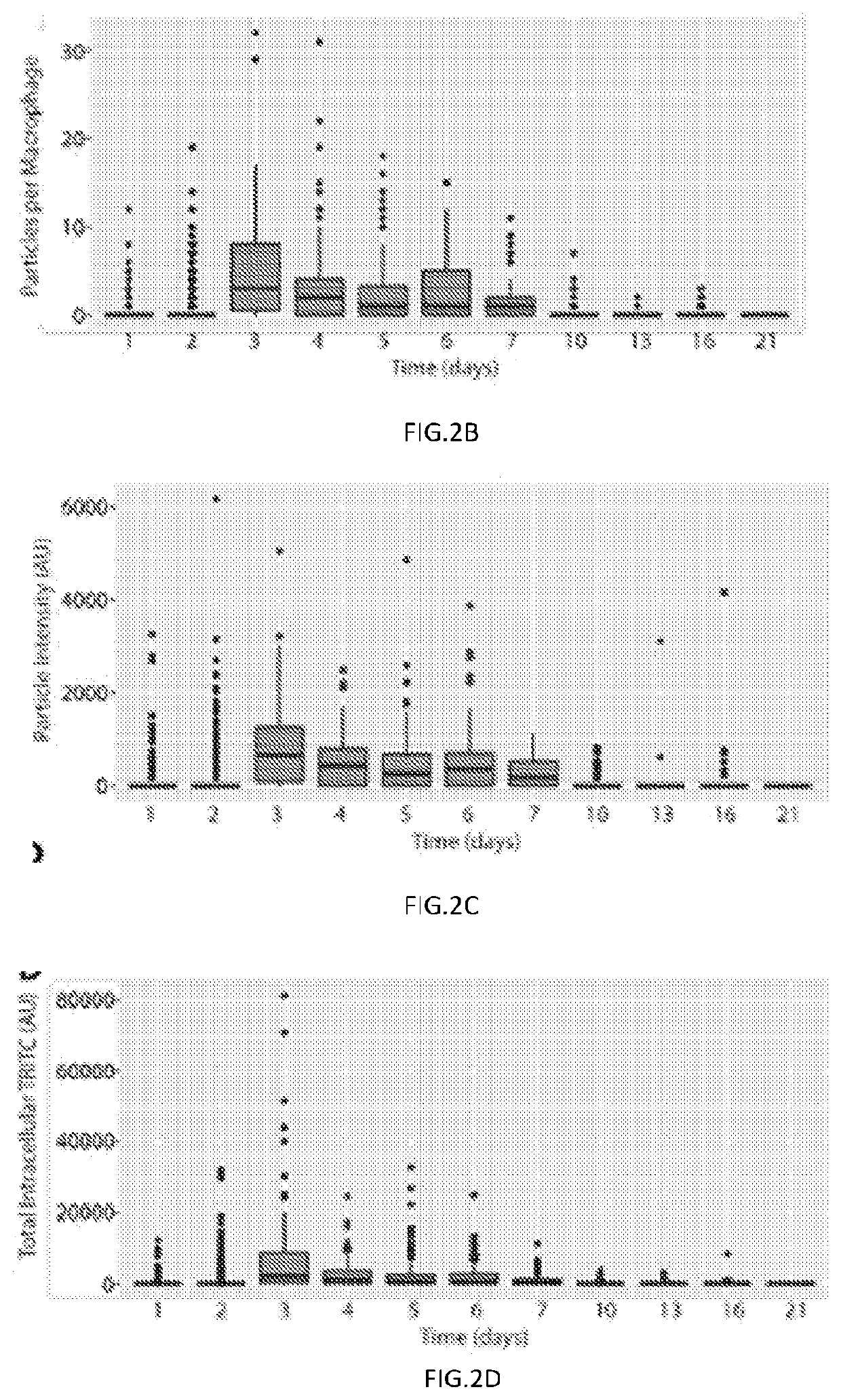Utilizing the innate immune system to deliver therapeutic agents
a technology of innate immune system and therapeutic agent, applied in the direction of antibody medical ingredients, organic active ingredients, peptide/protein ingredients, etc., to achieve the effect of promoting neuronal health or stability
- Summary
- Abstract
- Description
- Claims
- Application Information
AI Technical Summary
Benefits of technology
Problems solved by technology
Method used
Image
Examples
experimental examples
[0119]The invention is further described in detail by reference to the following experimental examples. These examples are provided for purposes of illustration only, and are not intended to be limiting unless otherwise specified. Thus, the invention should in no way be construed as being limited to the following examples, but rather, should be construed to encompass any and all variations which become evident as a result of the teaching provided herein.
[0120]Without further description, it is believed that one of ordinary skill in the art can, using the preceding description and the following illustrative examples, make and utilize the compounds of the present invention and practice the claimed methods. The following working examples therefore, specifically point out the preferred embodiments of the present invention, and are not to be construed as limiting in any way the remainder of the disclosure.
example 1
are Stable in the Intracellular Space of Macrophages Over Time
[0121]In order to test if monocyte-derived macrophages (MDM) can be reprogrammed and used as a therapeutic following traumatic brain injury (TBI), polymeric microparticles that can promote and maintain an anti-inflammatory MDM phenotype were fabricated. After administering different types of polymeric particles to MDM, it was determined that poly(lactic-co-glycolic acid) (PLGA) microparticles loaded with a model drug were detectable intracellularly for more than two weeks and slowly released drug to the cell's cytoplasm over that time frame.
[0122]To test if intracellular PLGA particles were capable of preserving a drug's bioactivity, PLGA particles loaded with dexamethasone (DEX) were fabricated because DEX is anti-inflammatory, promotes phagocytosis, crosses membranes, and has cytoplasmic receptors. After introducing DEX-loaded particles to MDM, particles were rapidly phagocytosed, stored intracellularly, and released DE...
example 2
ular Particles Release Model Drugs, which Localize with Cytoplasmic Receptors
[0127]The particle longevity data suggests that the PLGA particles are durable enough to survive intracellularly for over two weeks. However, it is important to test if particles were able to release drugs to the cytoplasm of cells. Cytoplasmic delivery of molecules is important because the cytoplasm houses a vast number of molecules that could be regulated by therapeutics. In order to test if a drug could be delivered to the cytoplasm, PLGA particles loaded with the model drug TRITC were utilized. Particles were administered to cells for four hours and any non-phagocytosed particles were removed from the system. After five days, the cells were fixed and stained with the cytoplasmic, glucocorticoid receptor BuGR2. Following immunocytochemical staining, the cells were imaged on an OLYMPUS® confocal microscope. Signal for nuclei (DAPI, FIGS. 5A and 5D), particles (TRITC, FIGS. 5B and 5D), and the cytoplasm ma...
PUM
| Property | Measurement | Unit |
|---|---|---|
| Length | aaaaa | aaaaa |
| Nanoscale particle size | aaaaa | aaaaa |
| Hydrophobicity | aaaaa | aaaaa |
Abstract
Description
Claims
Application Information
 Login to View More
Login to View More - R&D
- Intellectual Property
- Life Sciences
- Materials
- Tech Scout
- Unparalleled Data Quality
- Higher Quality Content
- 60% Fewer Hallucinations
Browse by: Latest US Patents, China's latest patents, Technical Efficacy Thesaurus, Application Domain, Technology Topic, Popular Technical Reports.
© 2025 PatSnap. All rights reserved.Legal|Privacy policy|Modern Slavery Act Transparency Statement|Sitemap|About US| Contact US: help@patsnap.com



